The Unexpected Journey Begins
It was a sweltering, humid day in Mumbai, the kind where the sun blazes fiercely and the air feels like a thick, oppressive blanket. I went to Mumbai for some personal work, but amidst the hustle and bustle, I found myself yearning for a break. My two friends, Arjyak and Saimantik, who I’ve known for over a decade, were eager for an adventure! That’s when we stumbled upon an Instagram page called FlamingosOfMumbai. The vibrant photos of flamingos intrigued us, and we decided to venture to Karave Flamingo Point in Navi Mumbai to witness these magnificent birds firsthand. This hotspot is one of the best places to see flamingos in Mumbai during the flamingo season.
Into the Heat
The journey to Karave Flamingo Point was an adventure in itself. The sun was relentless, and the heat seemed to intensify with every step. Sweat trickled down our backs as we navigated through the bustling streets and open spaces. Despite the discomfort, our excitement grew with each passing moment. The promise of Mumbai flamingo sightings kept us moving forward.
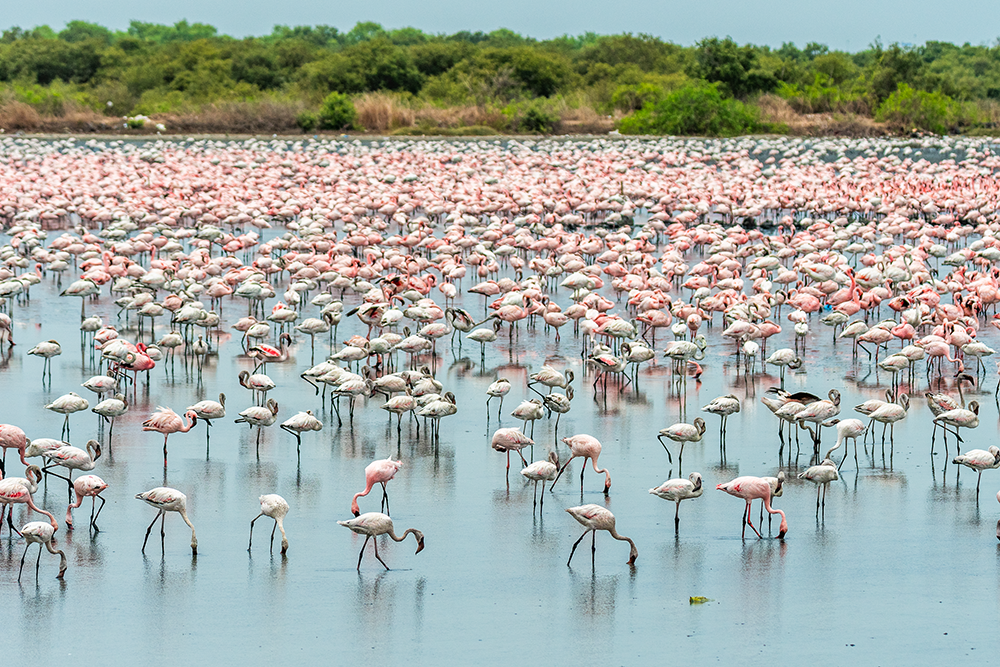
The Encounter
As we approached Karave Flamingo Point, a sense of awe washed over us. Before our eyes, thousands of flamingos stood gracefully in the shallow waters, their pink plumage contrasting starkly with the blue sky and murky water. We had found two types of flamingos: the majestic Greater Flamingo and the smaller, yet equally enchanting, Lesser Flamingo. This spectacular sight is one of the highlights of flamingo watching in Mumbai.
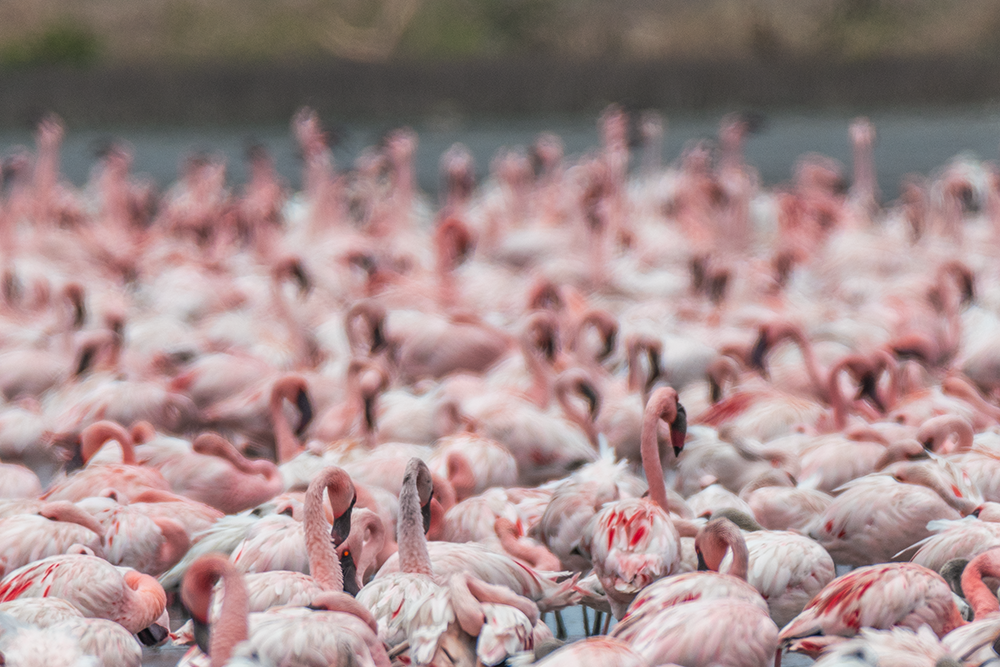
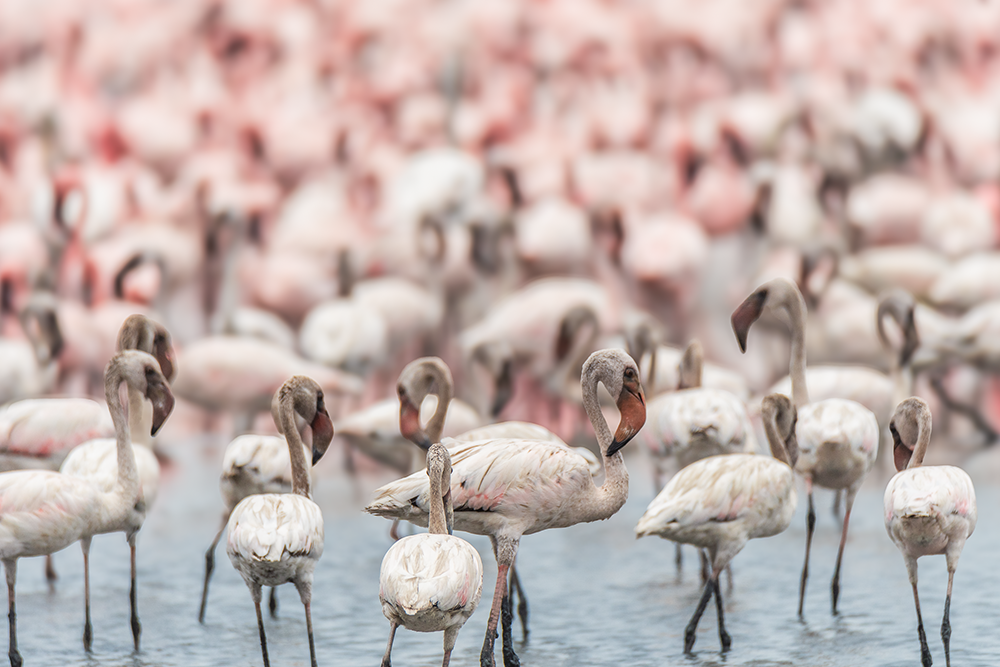
Flocking Together: A Spectacular Sight
Flamingos are known for their social nature, often seen in large flocks that can number in the thousands. At Karave Flamingo Point, they gathered in tight-knit groups, creating a breathtaking sea of pink and white. They moved together in perfect harmony, their synchronized movements both mesmerizing and surreal. The sight was almost magical, as if we had stepped into another world. The best time to see flamingos in Mumbai is during the winter and early summer months, just before the monsoon.
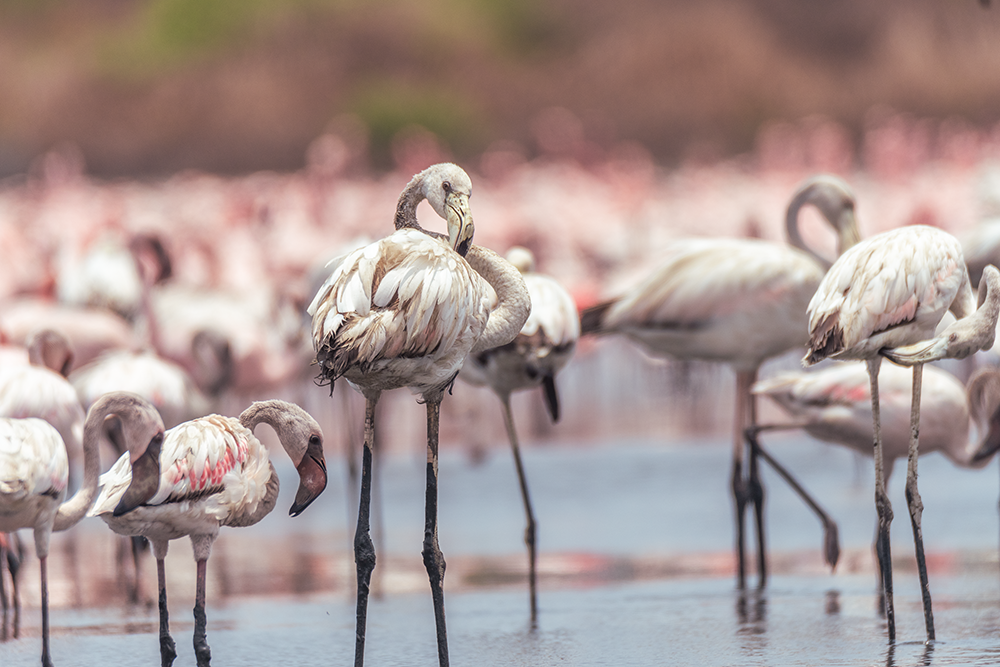
Summer Activities Before the Monsoon
As the flamingos busied themselves with various activities, we watched in fascination. They fed, preened, and interacted with one another in the shallow waters, preparing for the upcoming breeding season and flamingo migration from Mumbai. Despite the intense heat, their energy was unwavering.
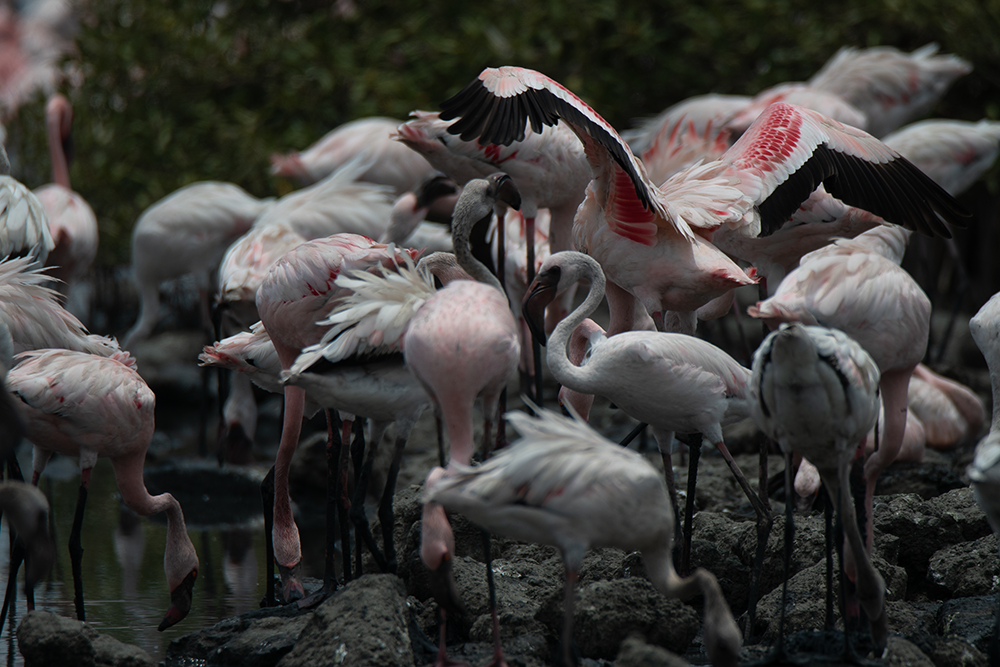
The Secret Behind Their Pink Colour
We learned that the flamingos’ vibrant pink colour comes from their diet, rich in carotenoid pigments found in algae and crustaceans. Interestingly, not all flamingos were equally pink; some appeared more white, a result of dietary differences and the age of their feathers. While males and females looked quite similar, males were slightly larger.
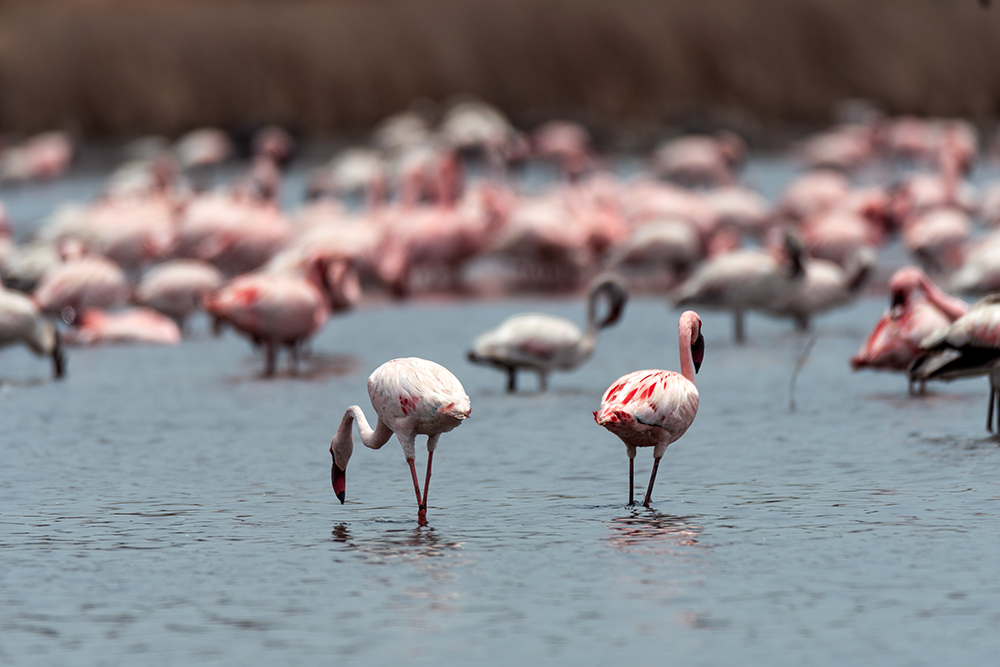
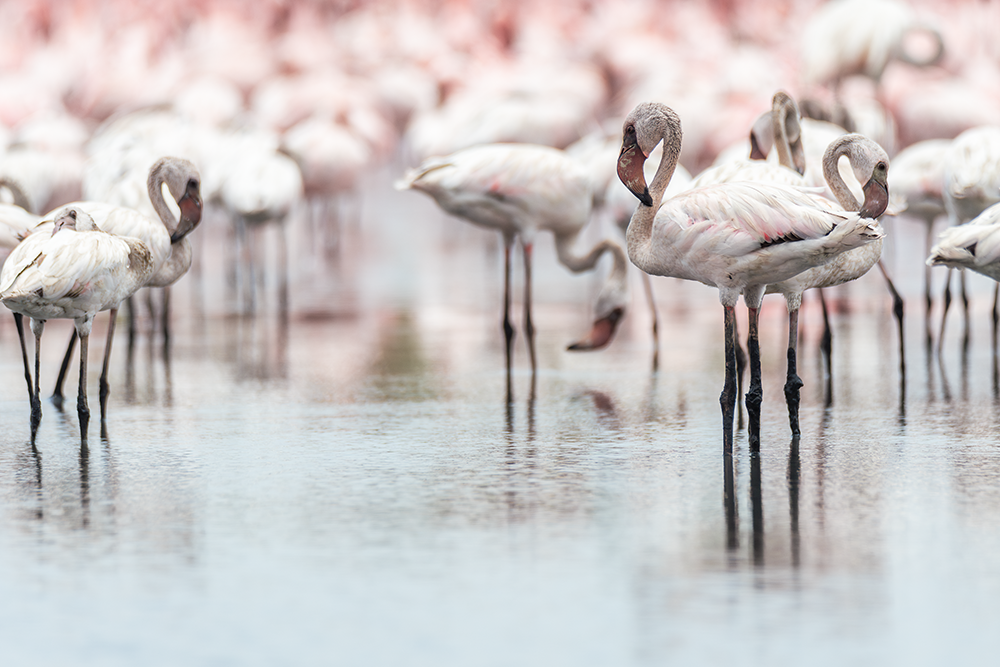
Fun Flamingo Facts
As we stood there, Arjyak shared some fun flamingo trivia he’d read about:
- Flamingos are filter feeders, using their specialized beaks to strain food from the water.
- They can stand on one leg for hours, conserving body heat in the process.
- These birds are excellent fliers, capable of reaching speeds up to 35 miles per hour.
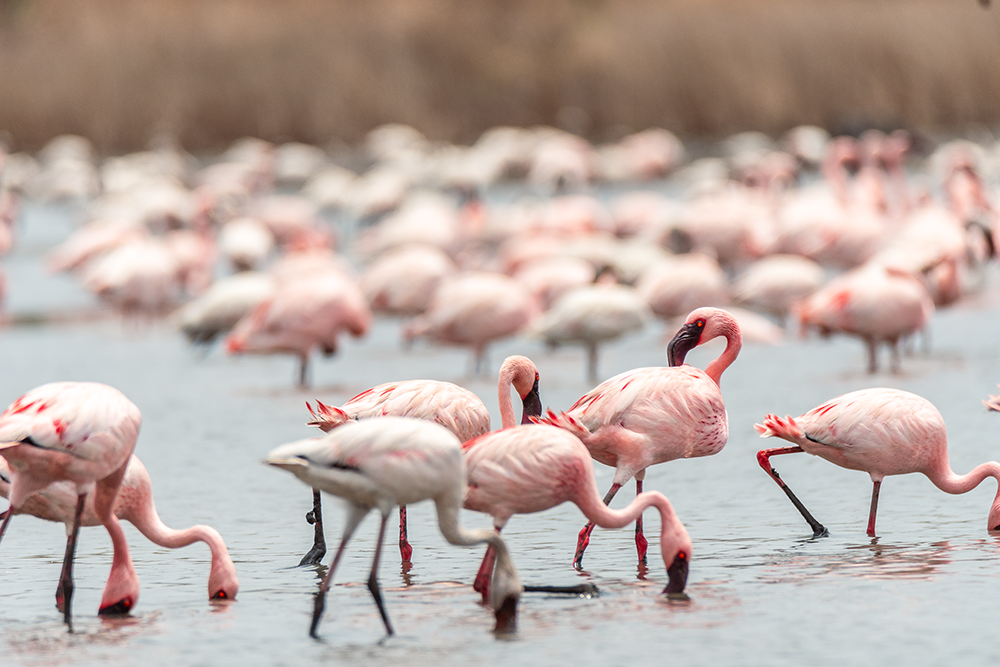
Flamingo Diet and Mumbai’s Waters
The flamingos of Mumbai feast on algae, small fish, and invertebrates found in the coastal waters and mudflats. The brackish water and nutrient-rich sediment of Mumbai’s wetlands provided the perfect feeding ground for these elegant birds.
How Climate Change Affects Flamingos
We couldn’t help but discuss the looming threat of climate change on flamingo habitats. Rising sea levels, changing weather patterns, and increased salinity in wetlands could disrupt their feeding and breeding grounds, potentially leading to a decline in their population and altered migration patterns.
Flamingo Migration Patterns
Flamingos are migratory birds, traveling vast distances between their breeding and feeding grounds. In India, they migrate from the Rann of Kutch in Gujarat to various coastal regions, including Mumbai, in search of favorable conditions. Their migration is driven by changes in water levels and food availability. The flamingo migration to Mumbai is a remarkable natural event that draws bird watchers and nature enthusiasts alike.

Fascinating Flock Behaviour
Flamingos have intriguing flock behavior. They often move in synchronized patterns, which is not only beautiful to watch but also helps confuse predators. Additionally, living in large groups strengthens their social bonds and increases the survival rate of chicks through communal parenting.
The Journey Back
After spending hours mesmerized by the flamingos, it was time to head back. The sun was still merciless, and the humidity was suffocating. We trudged back through the sweltering heat, exhausted but exhilarated by what we had witnessed. Despite the discomfort, we couldn’t stop talking about the flamingos and the adventure we had embarked upon.
Conclusion
Seeing the flamingos at Karave Flamingo Point in Navi Mumbai was an unforgettable experience, an adventure that felt like stepping into a novel. The flamingos, with their vibrant colors and fascinating behaviors, offered a glimpse into a world of natural wonder. They added a splash of color to the bustling city of Mumbai and reminded us of the delicate balance of nature. If you ever find yourself in Mumbai, I highly recommend taking the time to see these incredible birds during the flamingo season—it’s a sight you won’t soon forget. And who knows? You might just find yourself on an unexpected adventure, just like we did.
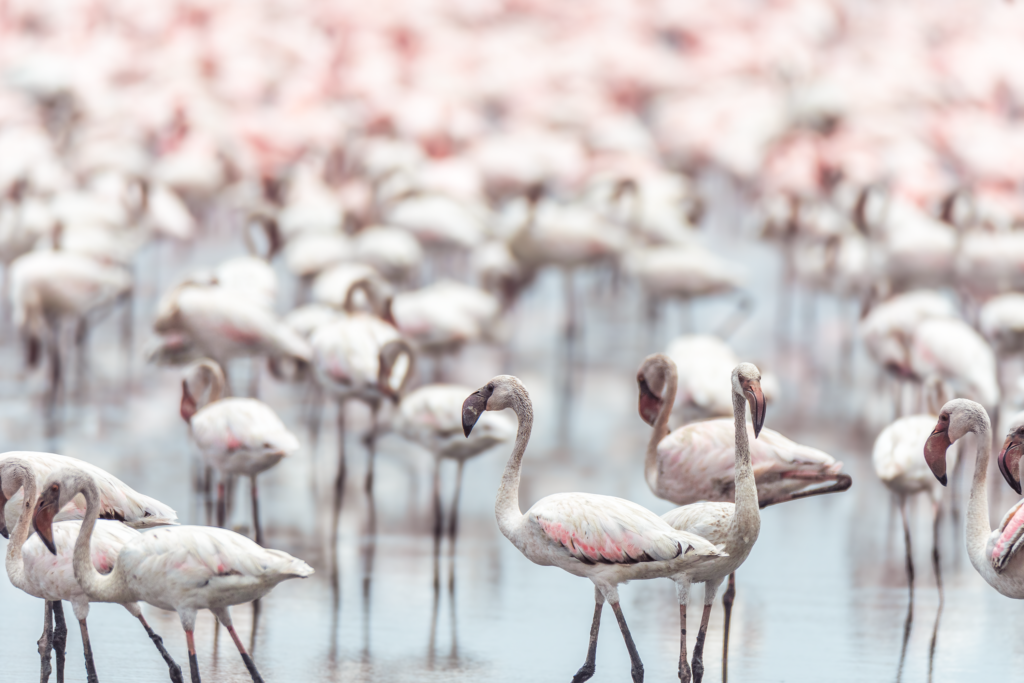
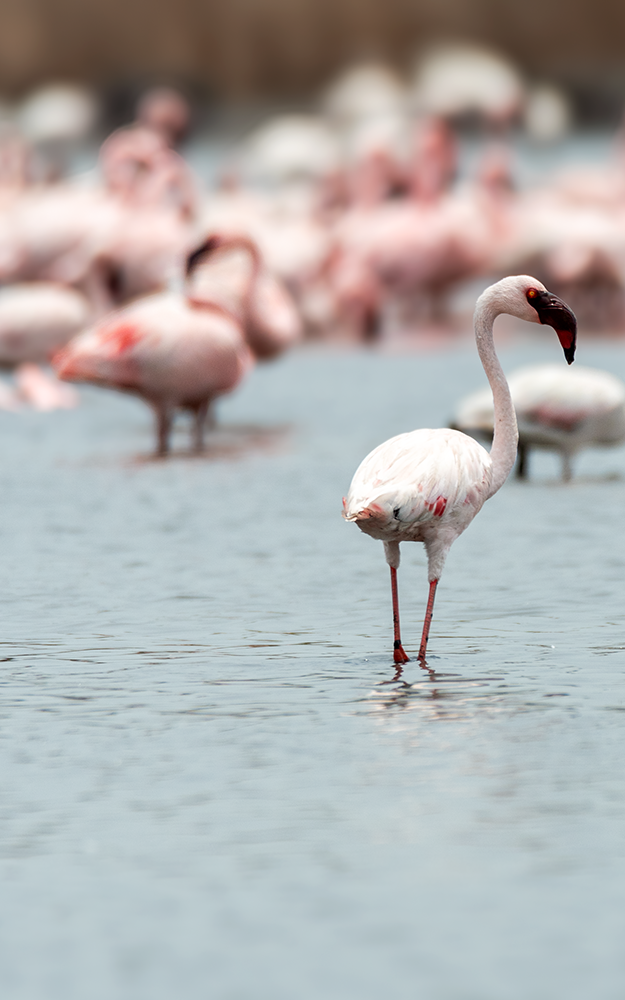

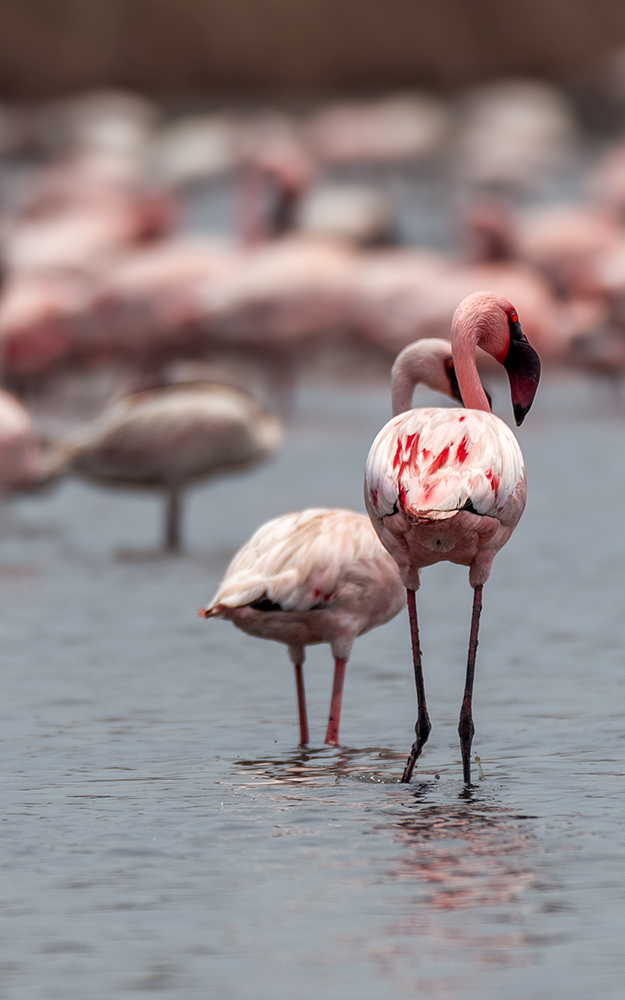
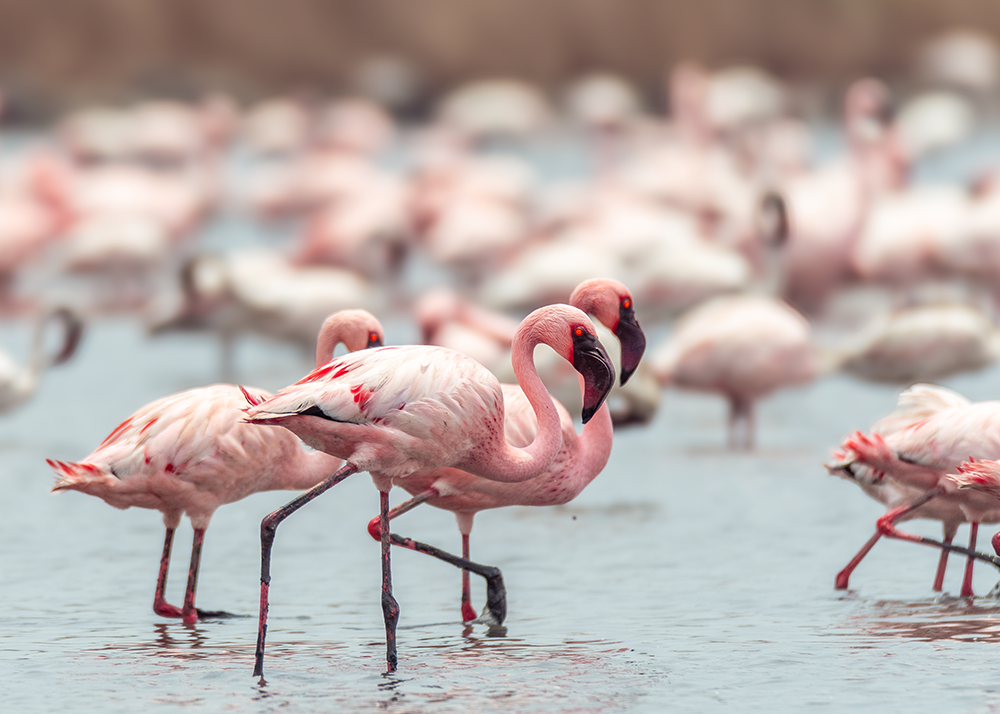
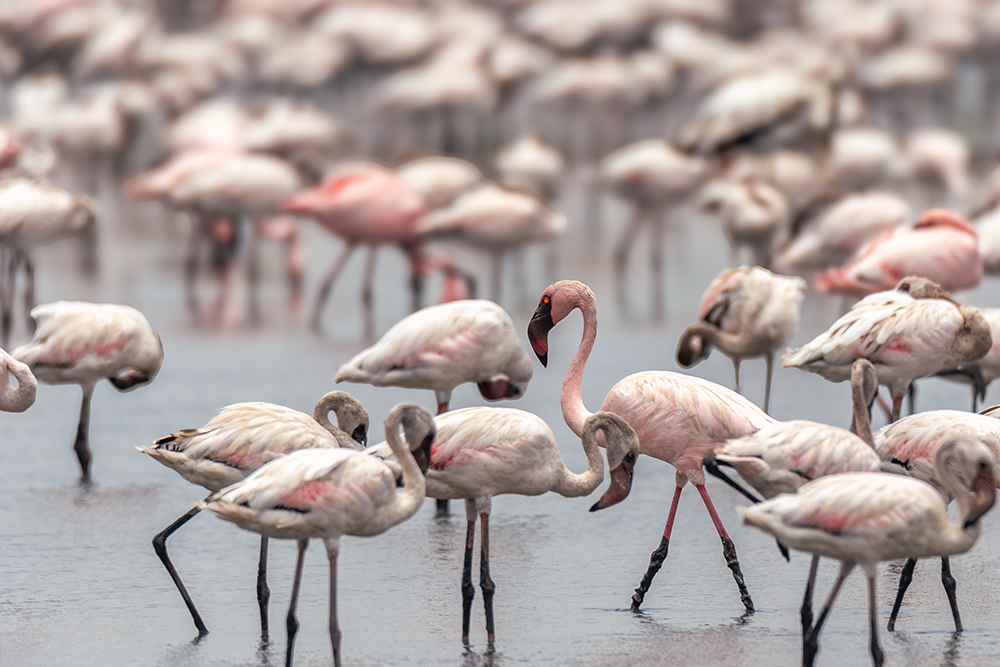
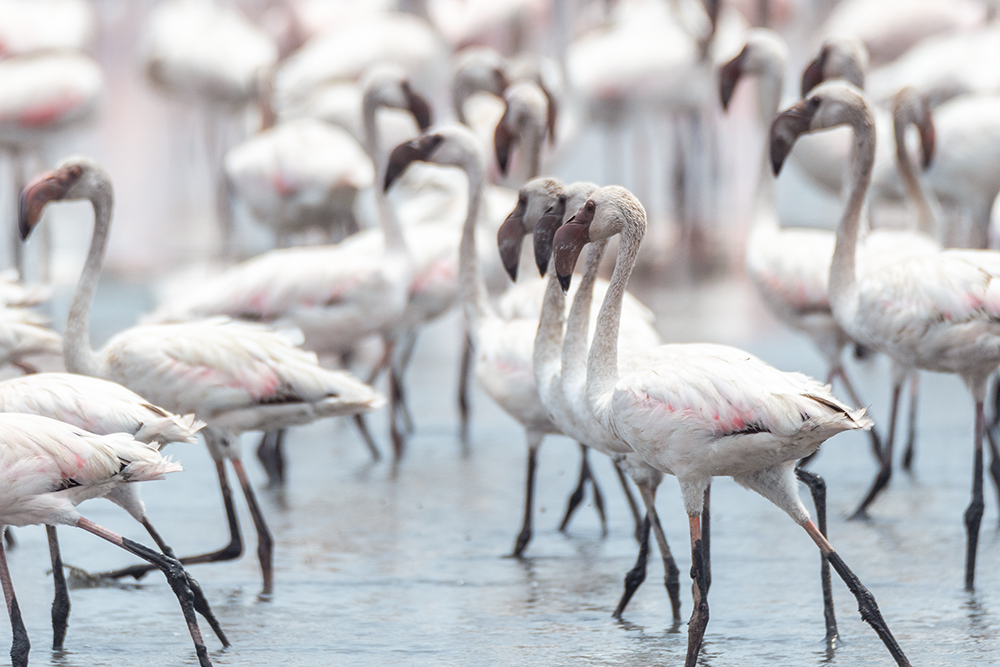

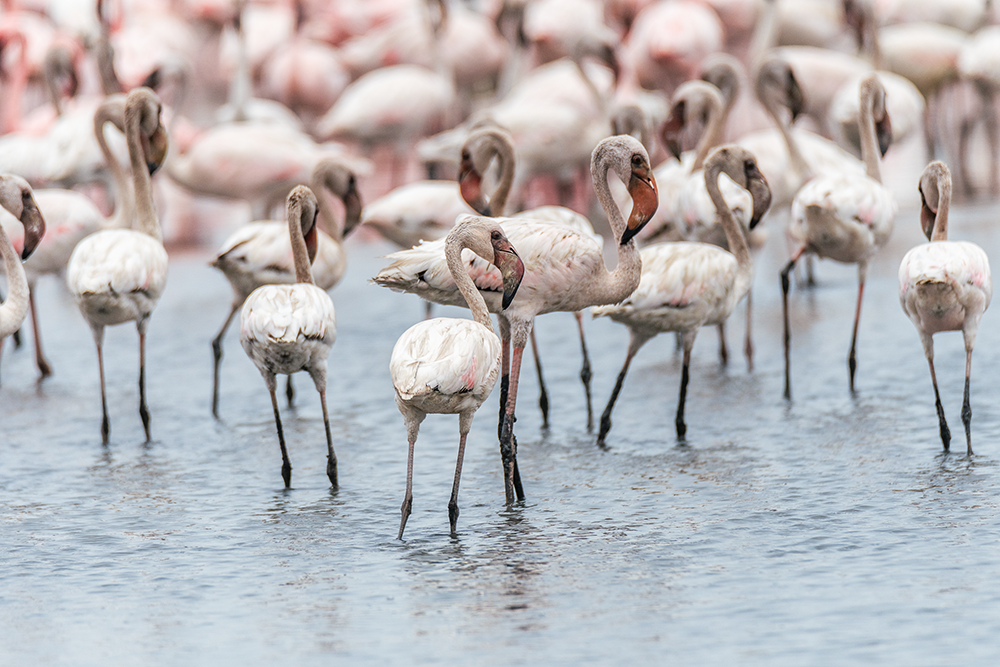
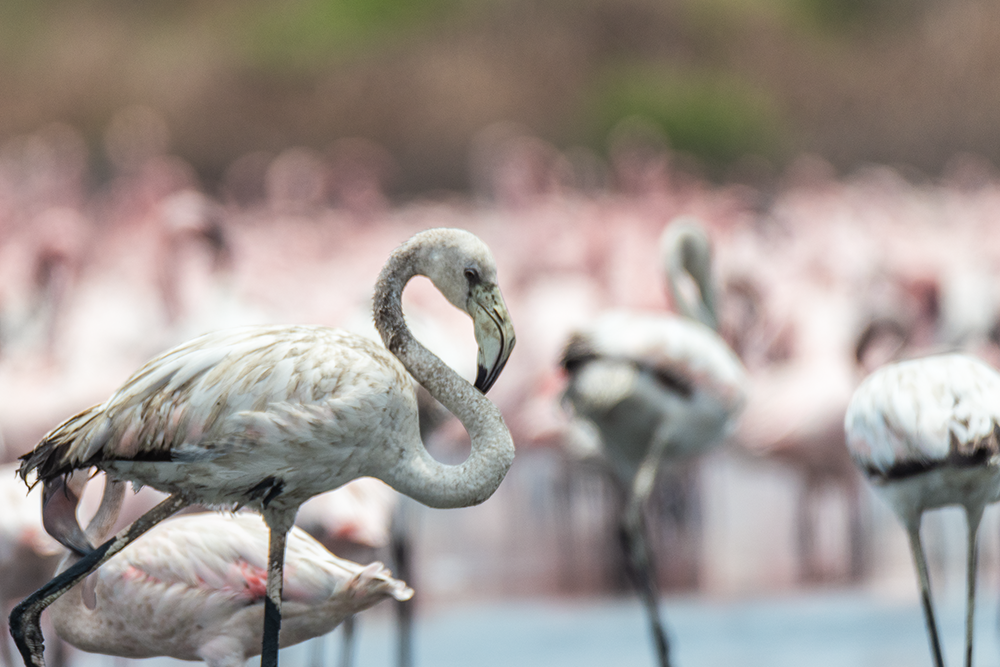
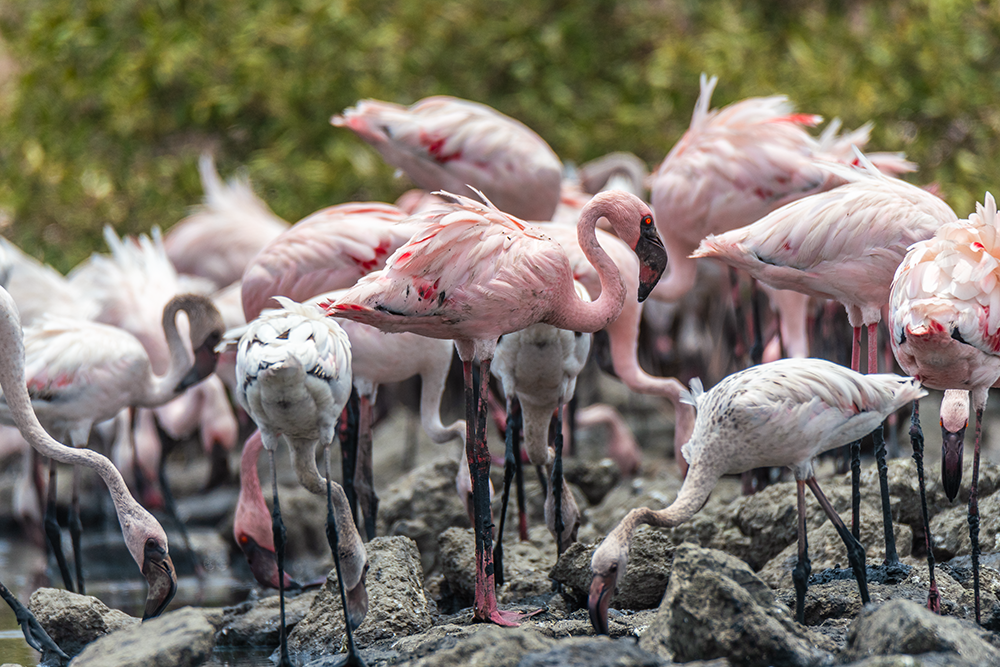
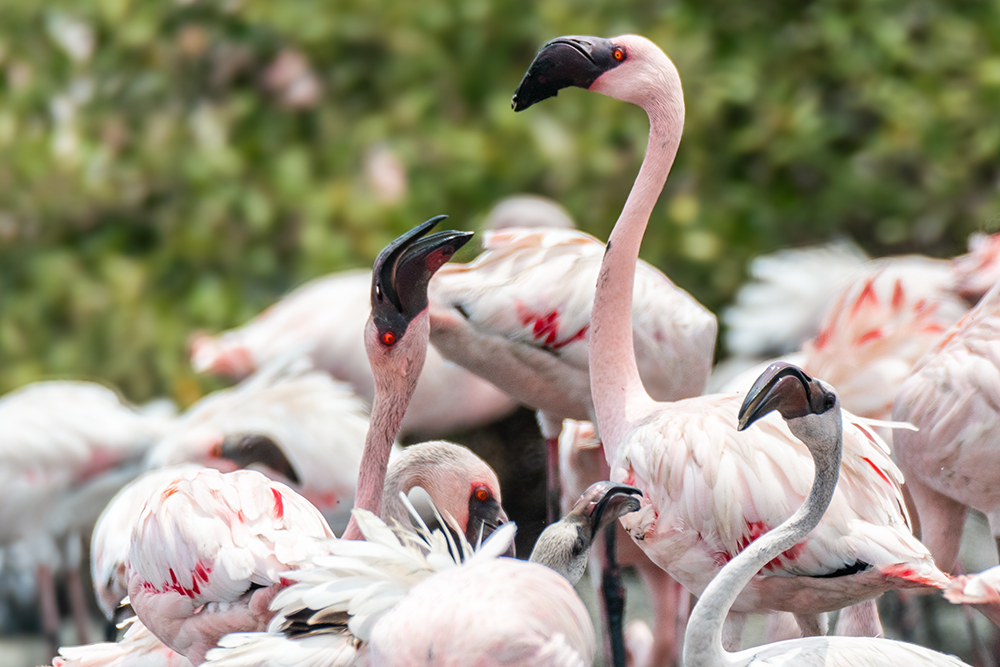
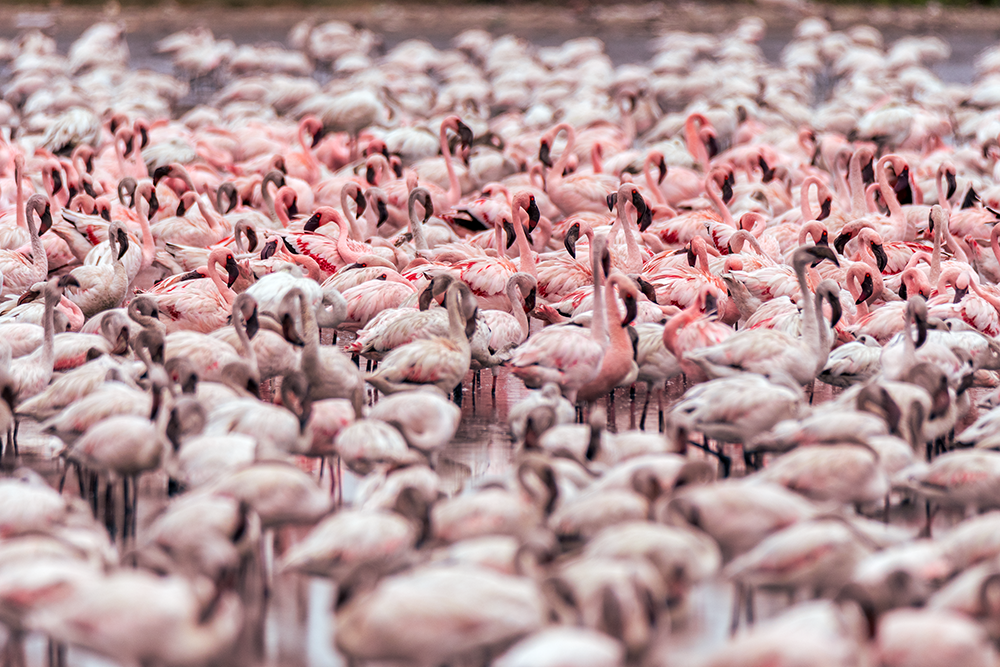
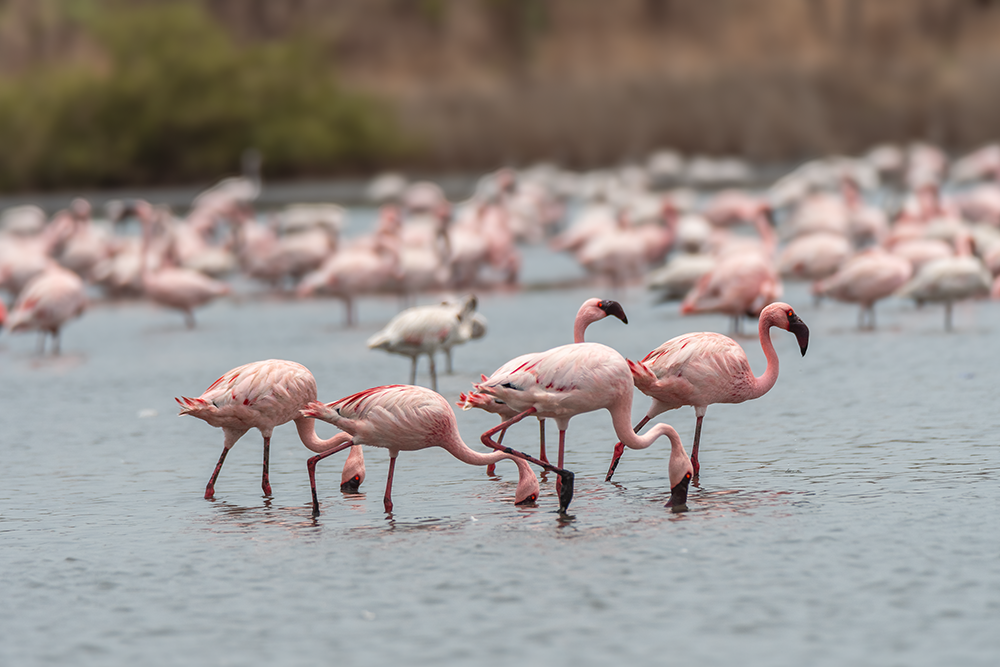
Disclaimer: This post is generated by ChatGPT using a prompt created by me. I have also checked the validity of the claims made and the citations the LLM has provided me with. The photographs are clicked by mostly me on 7th June 2024. The camera was also used by my friend Saimantik, so there might be a couple of shots by him.
- Test Post for Mobile Version Code Testing. - December 13, 2025
- Hoolock Gibbons in India: The Singing Apes Fighting for Survival. - June 10, 2025
- Finding Tagore in Germany & Czech Republic. - January 26, 2025

Lovely photographs! You had quite the adventure! 😀
I have been there it looked pleasing to my eyes ,but loved your blog and those pictures are really great